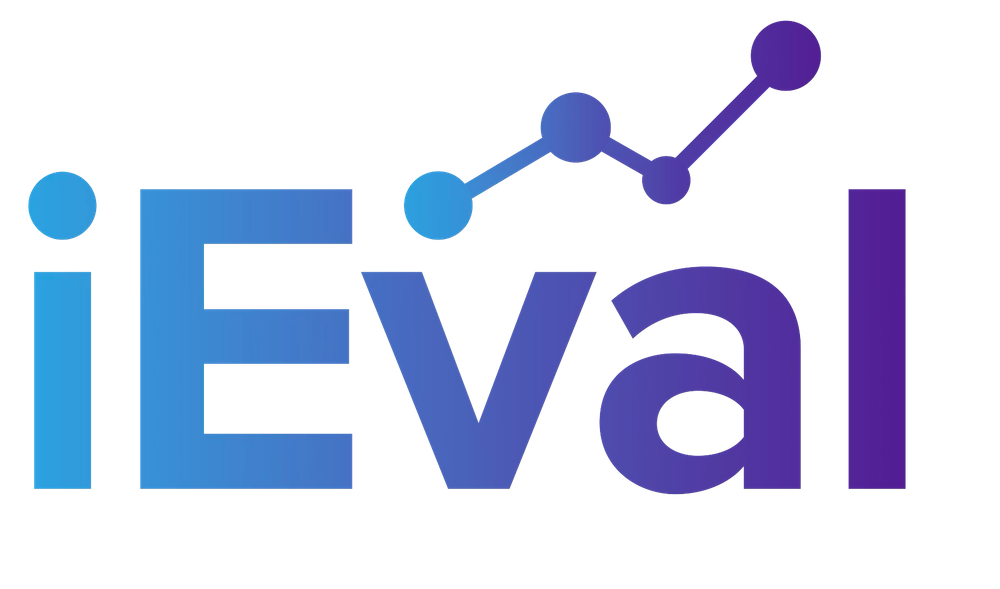Last September, I wrote a post about color scripting (you can read the full post here), a technique I learned about from the Disney-Pixar team at the D23 Expo. In a nutshell, color scripting is a type of story boarding where you change the main colors of each panel to reflect the emotion the animated film was supposed to portray at that time. It helped the Pixar team understand what was going on in the film emotionally at a quick glance, and it also made it easier to create a musical score to enhance those emotions.
I tried out color scripting for a large event (over 1,000 people) in an auditorium where I was observing at the back of the room. I was taking notes on the engagement and enthusiasm of the audience based on who was presenting. I created some metrics on the spot including number of people on their mobile devices, number of people leaving the event, laughter, murmuring, applause, etc. I used color scripting to create a timeline of the event, highlighting who was presenting at different times, and indicating if engagement was high/medium/low and if enthusiasm was high/medium/low. The client felt it was a useful overview of how the audience related to the event.
In March 2016, I shared an update on color scripting through the ATE Blog (you can read the full post here). I applied color scripting in a slightly different way to a STEM project, color scripting how the teachers in a two-week professional development workshop felt at the end of each day based on one word they shared upon exiting the workshop each day. By mapping participant feelings in the different cohorts and comparing what and how things were taught each day, this resulted in thoughtful conversations with the trainers about how they want the participants to feel and what they need to change to match reality with intention.
I have recently used color scripting in another context, asking students what they learned at the end of each nutrition lesson, then analyzing it by lesson topic, grade levels, and topic order (different sites delivered the lessons in different orders). These graphs resulted in thoughtful conversations with the nutrition facilitators about how they want the students to feel and what they need to change to match reality with intention, including directed conversations about the impact of specific lessons and tastings as well as the progression of lessons at each site/grade level. The color scripting graphs visually indicated the percentage of students expressing changes in knowledge (blues, the darker the blue – the more substantial the knowledge) or changes in behavior (greens, the darker the green – the more substantial the behavior).
The student responses by food tasting color scripting clearly illustrates students are processing information and learning more about broccoli/cauliflower, pineapple, and tomatoes/grapes (blue sections), while they are moving towards changing behaviors with eating and cooking for chickpeas/hummus and smoothies (green sections).
The student responses by grade level color scripting shows that a larger percentage of older students expressed changes in knowledge while a consistent percentage of students had positive tasting experiences. This graph also illustrates that students in K-2nd grades seem most likely to move towards changing behaviors.
The analyses by site also helped nutrition facilitators understand differences in lesson order, expertise of facilitators, etc.
DR. TACKETT’S USEFUL TIP: When you learn (or create!) a new technique, try applying it in different contexts to 1) practice using it, 2) identify where it’s most meaningful in analyzing data, and 3) determine various ways clients will be able to use it.





